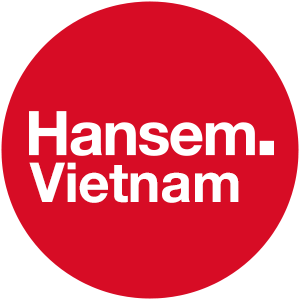list
Google Translate can be a great help when you travel abroad and need to have a quick conversation with the locals. ChatGPT comes in handy when you encounter an article written in a language you do not speak. Many other “machine translators” break down the language barrier so that you can shop, chat, and join social media platforms internationally.
Scripted by
Nhu Vu


How convenient! But… is the quality of those machine-generated translations trustworthy?
Machine translation has constantly been improving but is still far from perfect. I would say that this is an era in which humans and machines have to work hand in hand to produce an adequate final product with an optimal price and TAT. In fact, this type of collaboration is becoming increasingly popular among LSPs under the name “machine translation post-editing,” or MTPE.
MTPE, or machine translation post-editing, is a process by which a source text is automatically translated by an engine, and the work is then revised by human translators. This process combines the unparalleled speed of machine translation with the deep linguistic/cultural knowledge of human editors.
Let’s have a look at an example of the MTPE process below.

It’s true that “blackouts” can be translated as “mất điện” (power outage) or “ngất xỉu” (faint). Still, in this medical context, the latter is clearly more suitable. Google Translate failed to notice this, and it’s the human editor’s job to fix this mistranslation.
One might argue, “Wouldn’t it be safer to rely on a human linguist for the translation step to ensure a usable target with minimal revisions needed?” While this traditional approach is still widely preferred by many language service providers (LSPs) for confidentiality and quality reasons, the MTPE process also has advantages.
The biggest concern of MTPE projects is the target quality, which varies from engine to engine. Fortunately, we human translators have some tactics to control that quality.
 Well, I can see that it’s too complicated for Bing to understand that the second “break” in the lyric does not mean “to shatter” (làm tan nát) but “to comfort” or “to heal” (xoa dịu). This example tells us that the source text used in MTPE projects should be simple in structure, evident in meaning, and error-free if we want an adequate translation.
Well, I can see that it’s too complicated for Bing to understand that the second “break” in the lyric does not mean “to shatter” (làm tan nát) but “to comfort” or “to heal” (xoa dịu). This example tells us that the source text used in MTPE projects should be simple in structure, evident in meaning, and error-free if we want an adequate translation. Once you familiarize yourself with mistakes, your MT frequently makes, detecting and correcting them will be easier.
Once you familiarize yourself with mistakes, your MT frequently makes, detecting and correcting them will be easier.Why settle for slow, error-prone translations when you can have lightning-fast results with Hansem Vietnam’s MTPE services? Our team of expert post-editors works hand-in-hand with cutting-edge translation engines to bring you the best of both worlds – speed, and accuracy. With Hansem Vietnam, you won’t have to sacrifice quality for efficiency. So, why wait? Let’s translate and conquer!
Hansem Global is an ISO Certified and globally recognized language service provider. Since 1990, Hansem Global has been a leading language service company in Asia and helping the world’s top companies to excel in the global marketplace. Thanks to the local production centers in Asia along with a solid global language network, Hansem Global offers a full list of major languages in the world. Contact us for your language needs!